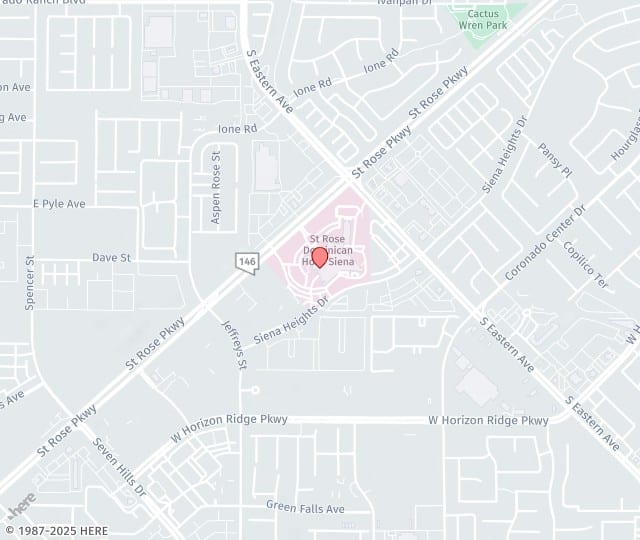Part I of CAPSULAR CONTRACTURES, CAPSULOTOMY, CAPSULECTOMY, AND CAPSULORRHAPHY FOR BEGINNERS
Although the above medical terms sound so intimidating, it is important that all women who already have breast implants or those who are contemplating breast implants understand these terms, as they are frequently used by your plastic surgeon.
Capsular contracture means scar tissue. A “pocket” or “capsule” normally forms around any object that is implanted into the human body. A capsule is essentially a scar tissue response to a foreign material in the human body in an effort to isolate the material and protect the body. We see capsules around any object within the human body, including orthopedic prostheses, ports, and artificial pacemakers in addition to chin implants and breast implants. Under normal circumstances, this scar tissue sac is soft, thin, pliable, and unable to be felt. A capsular contracture means that scar sac gets thicker, and it subsequently tightens around the implant, squeezing it and making it feel firm. The causes of this are unknown. We assume it to be a function of a particular person’s body response to a foreign material. Similar to why certain individuals form keloid scars. The etiology is unknown.
The symptoms of capsular contracture can range from mild to severe.
Mild cases present with mild breast firmness that may go unnoticed by the patients or even enjoyed. These women have mildly firm breasts that don’t go anywhere and defy gravity, as the scar capsule holds everything up. Some of the women you see running around without a bra and with unnatural round and projecting cleavage have mild contractures. However, severe cases of capsular contracture involve hardening of the breast implant, with not so pretty changes in appearance. These appearance changes include unnatural increased projection, increased roundness with outlines of the implant noticeable through the skin, and distortion of breast contour. Associated sensation changes range from cold and hard, to painful. Most of these women will avoid giving you a hug.
Capsular contractures occur in 10-45% women with breast implants over time. That’s pretty high and it doesn’t matter who your plastic surgeon is. The incidence increases as the length of time since implantation increases. In other words, the longer your implants have been in the place, the higher the risk that they will be firm. Saline implants and highly cohesive (gummy bear) implants are thought to have lower contracture rates that non-cohesive silicone implants. Submuscular implants have lower contracture rates than subglandular implants. Textured implants may have slightly less contracture rates when implants are placed in the over the muscle position.
The causes of capsular contracture are unknown, although factors common to its incidence include bacterial contamination, bleeding within the pocket, silicone implant rupture, and silicone leakage within the pocket.
The degree of capsular contracture is graded using the four-grade Baker scale:
- Grade I — the breast is normally soft and appears natural in size and shape
- Grade II — the breast is a little firm, but appears normal
- Grade III — the breast is firm and appears abnormal
- Grade IV — the breast is hard, painful to the touch, and appears abnormal
Dr. Hayley Brown MD, FACS
Board Certified Plastic Surgeon
Desert Hills Plastic Surgery Center serving Henderson and Las Vegas, Nevada


